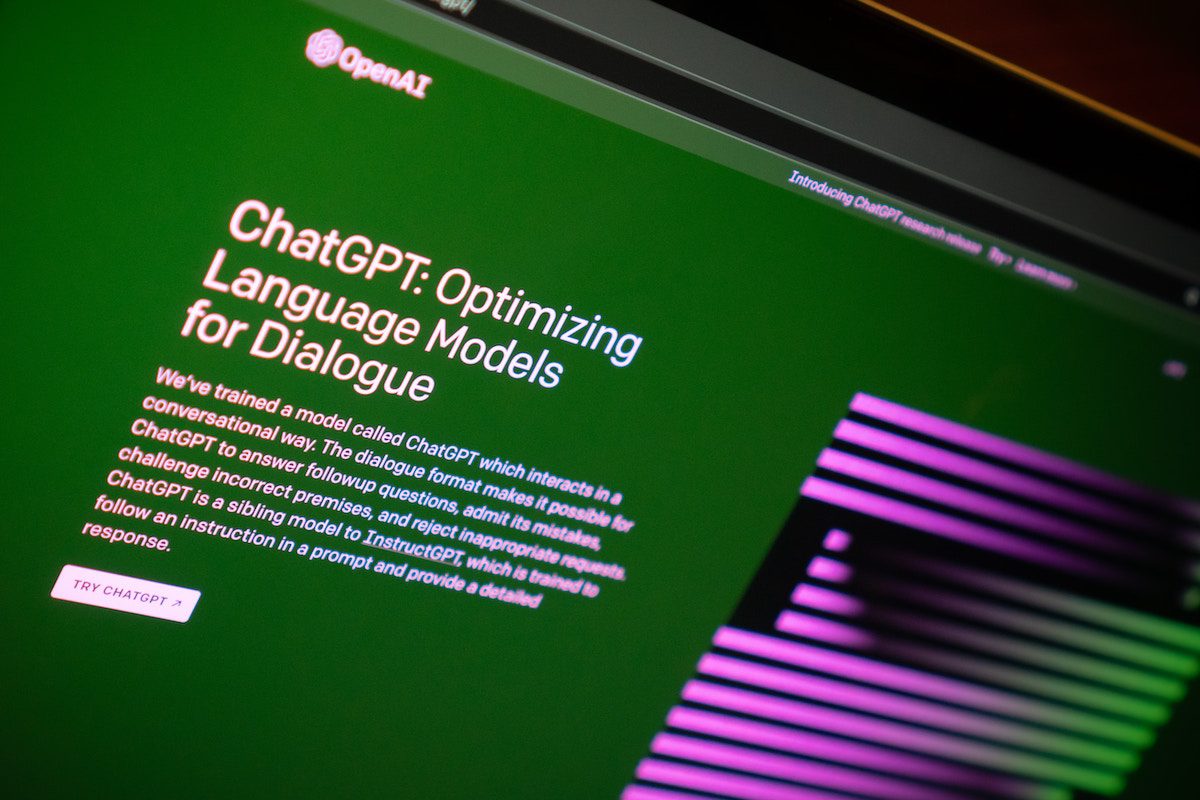The Scarcity Trap and – More Importantly – Avoiding It
We’re living in a world currently seasoned by scarcity. Need an example? Three words: toilet paper hoarding. Beyond that, as businesses, employees, and humans enter what marketers across the world have agreed to term “these uncertain times,” it’s difficult not to think in the short term, focusing on the things we need at the very least to stay alive and at the best, to stay comfortable.
Welcome to scarcity. If you’ve never experienced this condition before, it changes the way you think, feel and act.
According to Psychology Today, “Scarcity orients the mind automatically and powerfully toward unfulfilled needs.” And that level of focus, says author Shahram Heshmat, also saps your willpower as you actively focus on getting whatever you’re lacking and avoiding the distractions or obstacles in your way.
That mentality is proven to focus your actions on short-term, urgent needs. And it’s exhausting.
In an episode of Hidden Brain, the show explores the impact of scarcity on your ability to make critical decisions. In a study of sugar cane farmers in India who are only paid once a year – after they harvest their crop – researchers studied impulse control when the farmers have a lot of money (abundance) and when they’re relatively poor (scarcity). Those researchers found that the same farmers behaved and thought differently in the scarcity condition – exhibiting less impulse control. “In fact, the tunnel vision produced by scarcity can actually lower how you perform on an IQ test,” host Shankar Vedantam said.
I’m a recovering scarcity thinker and I’m learning to work through the strategic lapses in judgement that a condition of lack creates. This week, though, I had a relapse, which was probably impossible to avoid – given “these uncertain times.”
Scarcity: Much ado about nothing
We pivoted our business model pretty quickly following the shut-down of the world, adopting the credo, “Make things people need.” And while we charged ahead, we had to forego the revenue we usually can expect from event ticket sales and event sponsorships.
We chose to have faith that making things people need when combined with some good old-fashioned hustle would allow us to keep charging ahead. Abundance was our north star, but even with faith and hard work – it’s human to feel that tug of scarcity when you look at your projections and realize that none of it is even kind of relevant anymore.
Business partners everywhere are exchanging emails detailing their inability to pay – it’s a cycle of hoarding cash or running out of funds and waiting for times that are more, well, certain. We’ve sent those emails and received those emails. None of it feels good – SMB owners, hands up. And after receiving one of those emails that was a little unexpected, I felt overwhelmed with exhaustion.

I’m fortunate to have started talking to a mental health professional in January (you guys, I’m going to talk about going to therapy until it feels as regular as seeing the dentist) and I’m even more fortunate that my therapy practice pivoted pretty quickly to video sessions.
When I hopped on a Zoom call to explain how I was thinking, feeling and acting in this scenario, I was not-so-gently reminded that I was about to jump into a scarcity loop.
The scarcity loop is a pattern of behavior that I repeat when I’m acting out of short-term need (scarcity) rather than long-term objectives and goals (abundance). The pattern starts by focusing on what I lack, moves into making a decision purely based on that lack, then into taking actions based on that decision, and turns into regret around making that decision, and that regret creates a greater focus on the scarcity that started it in the first place.
For my visual learners, I made that diagram I just described in PowerPoint for you:

But the magical thing about cycles of behavior is this: once you learn and acknowledge and talk through the patterns, you can change them. Humans sure are amazing.
Your challenge this week: If you feel trapped in scarcity loop, start every decision you make by first stating what you value and what your goals are.
It might feel ridiculous to do this every time you’re making a decision at first, but if you start this practice now – when you need it most – it will help you realign yourself if you’re about to jump your train off of the track.
For me, that sentence sounds like this: “We value connection and empowering our community with information and unique perspectives. Our goal right now is to create things that people need. I am choosing to _.”
If your decision is out of alignment with your values and goals, you’re going to hear it with your own ears pretty quickly.












